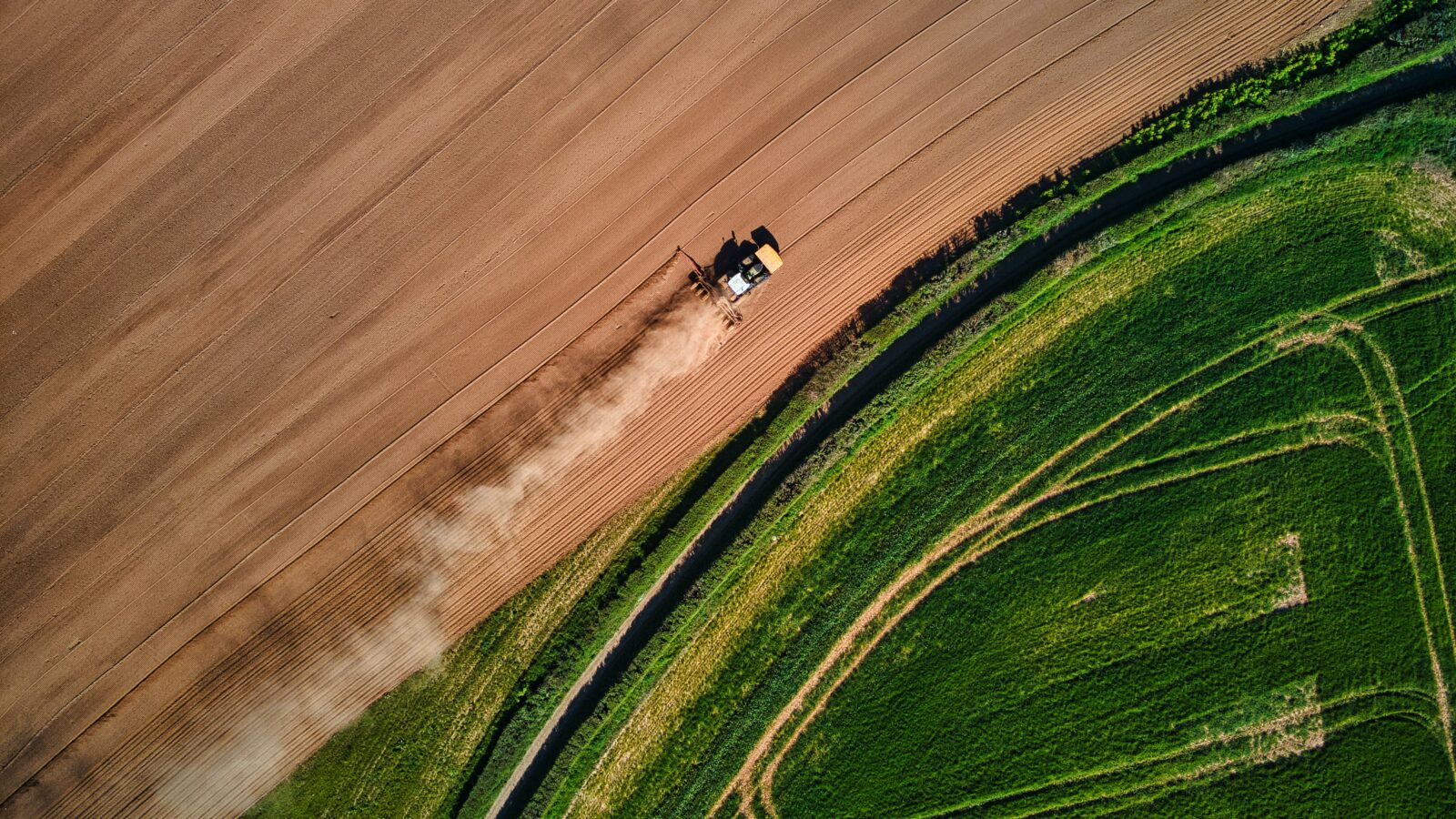
The sustainability of commodity crop production in the United States continues to demonstrate improved environmental outcomes in energy use efficiency, irrigation water use efficiency, greenhouse gas emissions, land use efficiency, and soil conservation.
A report by Field to Market: The Alliance for Sustainable Agriculture released today (December 8, 2016) analyzes eight environmental indicators and five socioeconomic indicators for ten crops (barley, corn for grain, corn for silage, cotton, peanuts, potatoes, rice, soybeans, sugar beets, and wheat) over a 36-year period at a national level.
The third edition of Environmental and Socioeconomic Indicators for Measuring Outcomes of On-Farm Agricultural Production in the United States (2016 National Indicators Report) shows that all crops demonstrated improved environmental outcomes with nearly every key indicator. This significant progress toward more sustainable food, feed, fiber, and fuel production is a result of a variety of factors including voluntary conservation efforts by farmers, public sector investments, and technological innovation across the agriculture industry.
However, the report also highlights that within the past five to ten years, long-term improvements are plateauing for several crops, presenting both a challenge and opportunity for the food and agriculture industry. This underscores the critical need for continued conservation investments, research, technological development and collective action from farmers and the food and agricultural supply chain to ensure continued improvements on challenging and pressing sustainability concerns.
“At the core of these sustainability trends and improvements are millions of individual decisions made by farmers and land managers each day. By analyzing the aggregate impact of these decisions, this report underscores the critical role that farmers play in achieving improvements and delivering sustainable outcomes for agriculture and the environment,” said Rod Snyder, President of Field to Market.
“But there is more to be done; we recognize that this national assessment provides an opportunity to focus the efforts of the food and agricultural value chain to drive improvements where they are needed most. Field to Market remains committed to providing practical tools and resources underpinned by science-based metrics to help farmers and the supply chain continue to identify opportunities for improvements at the field and landscape level,” concluded Snyder.
In addition to assessing sustainability performance by crop, the 2016 National Indicators Report also includes for the first time a national trends analysis for Biodiversity, Soil Carbon, and Water Quality. Due to lack of sufficient data and the nature of these environmental outcomes, it is not possible to calculate a national trend line by respective crop. The report finds that while limited trends can be discerned from available reports and scientific literature, translating these trends into actionable insights would require additional data and advances in scientific research. This edition of the report also provides an update on socioeconomic trends analyzed in previous editions.


